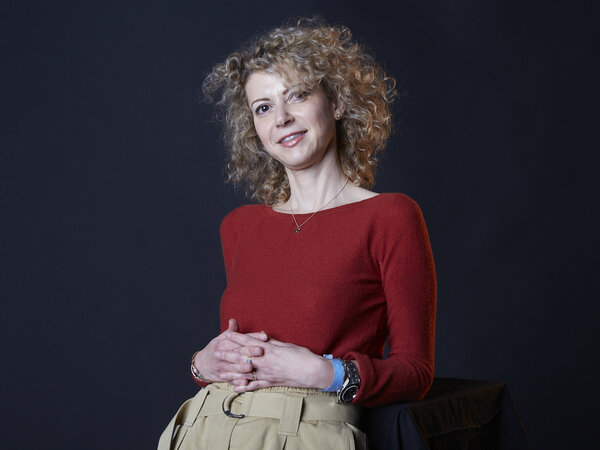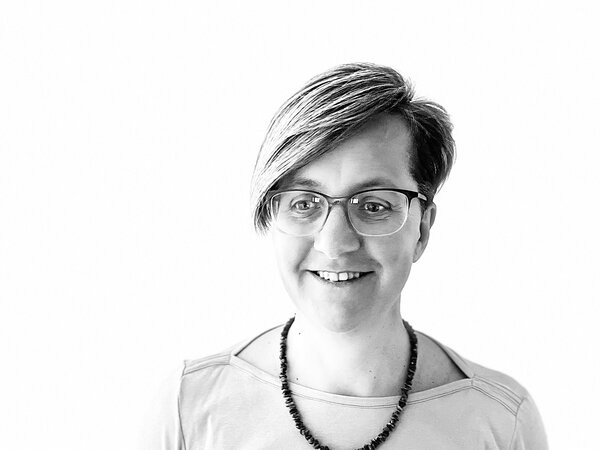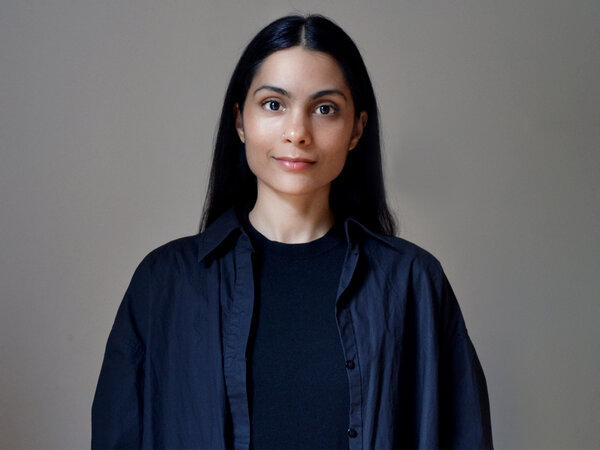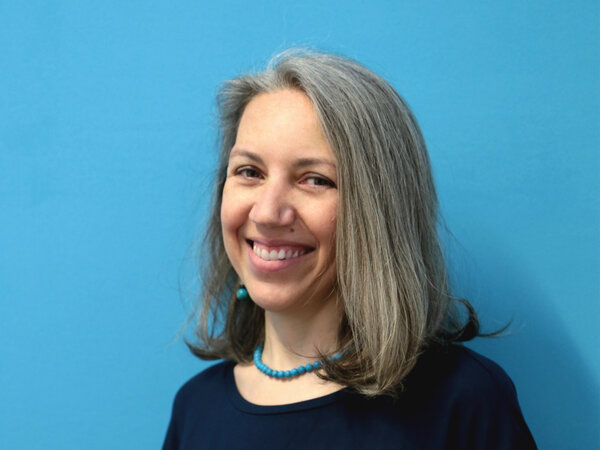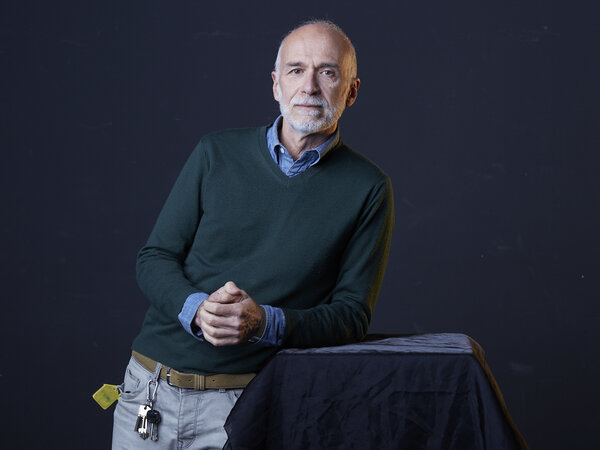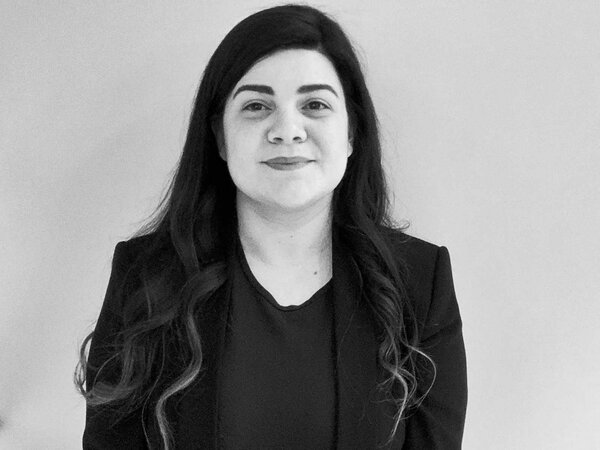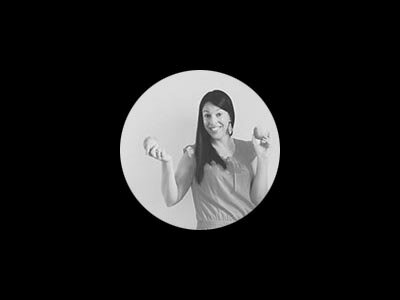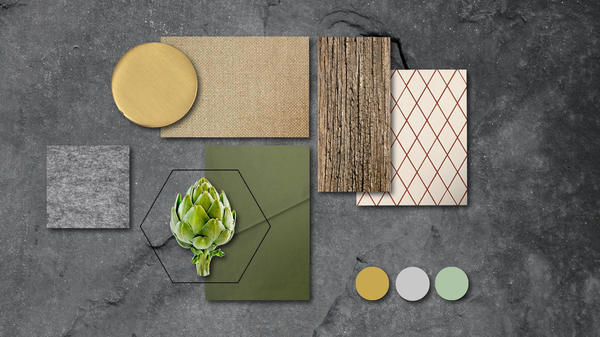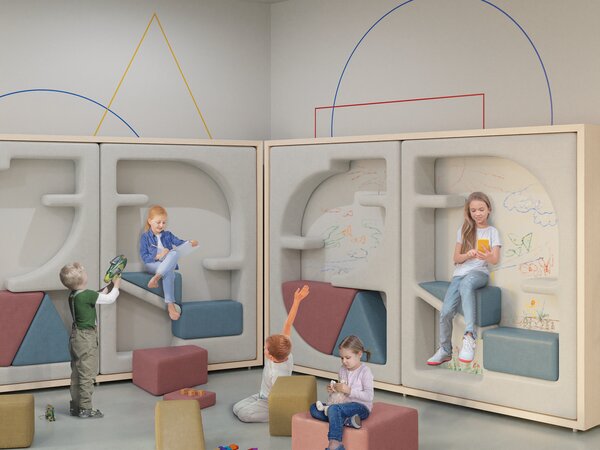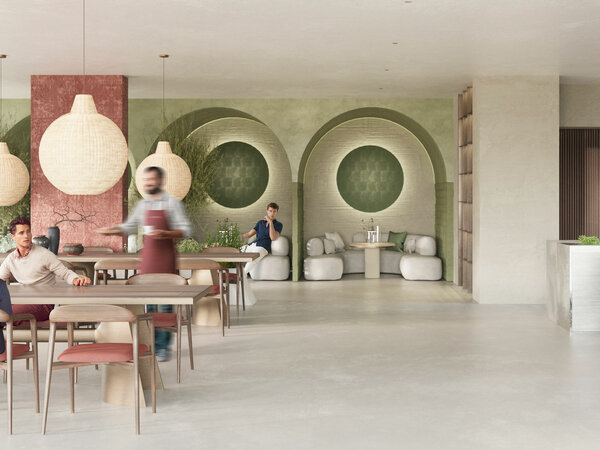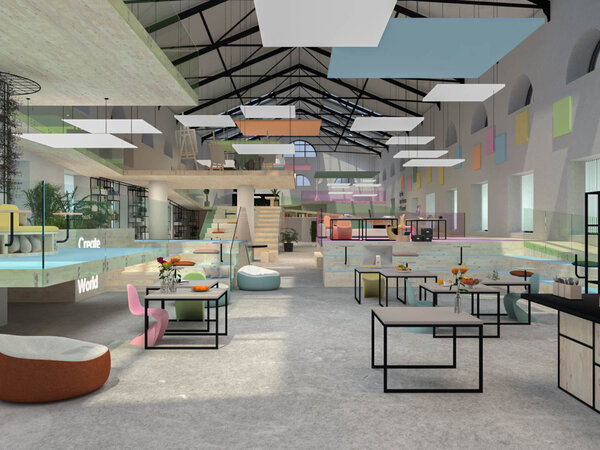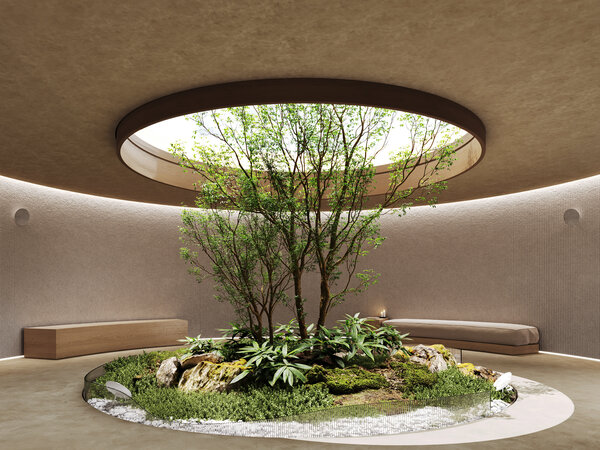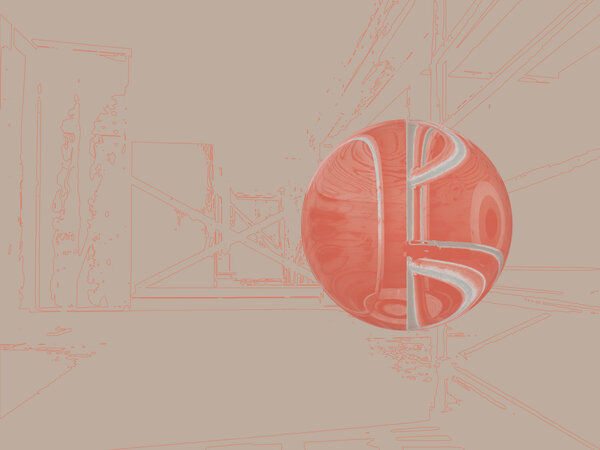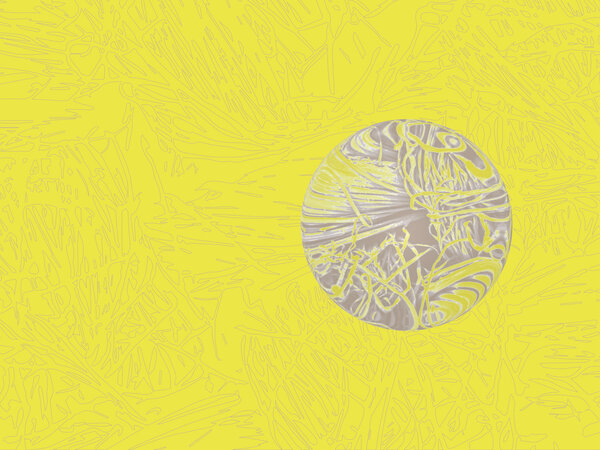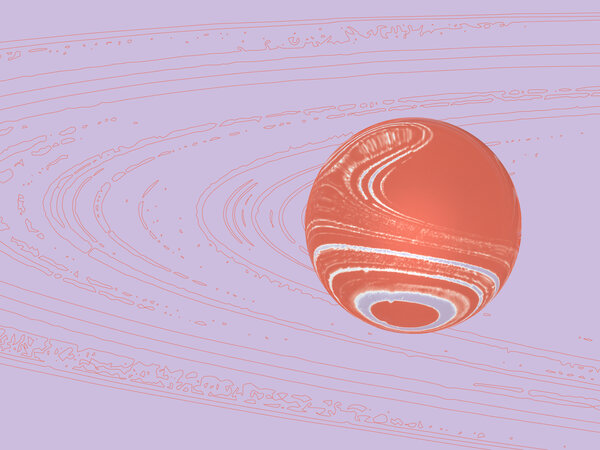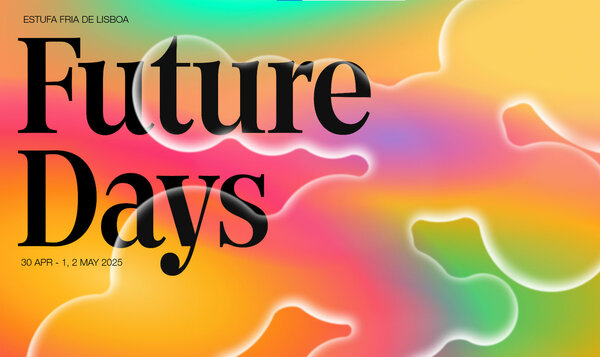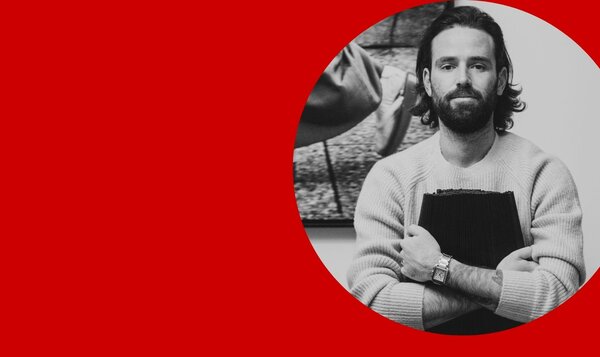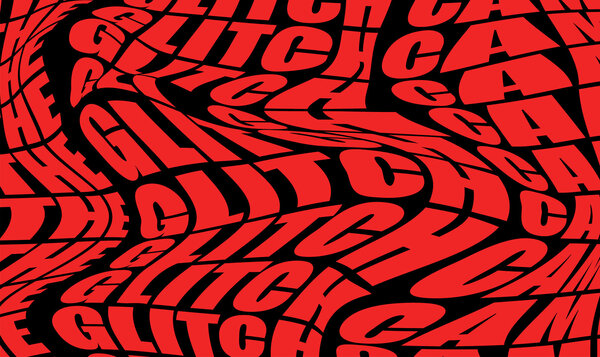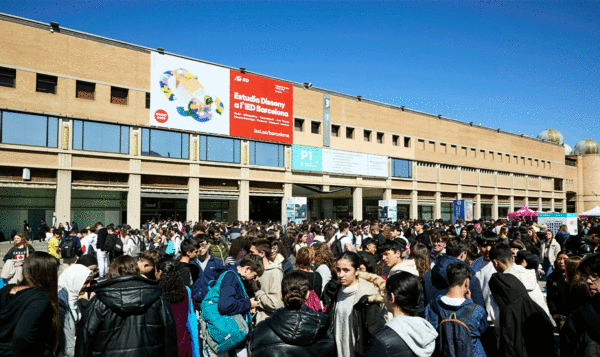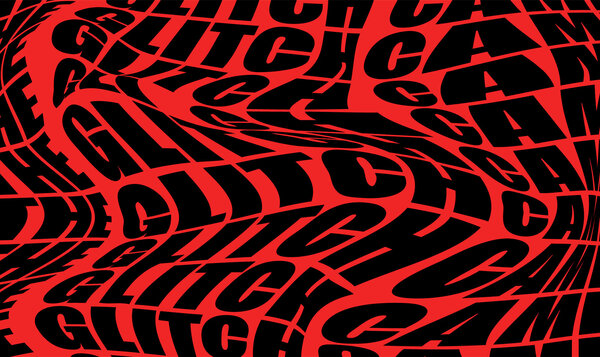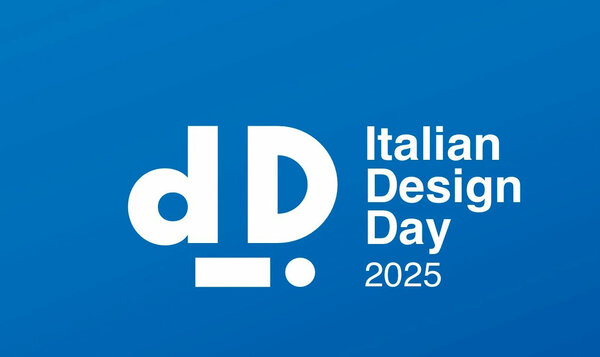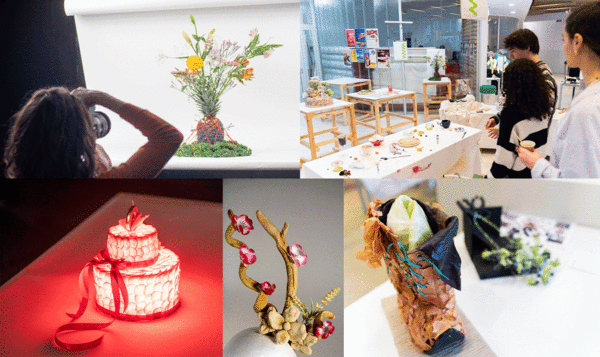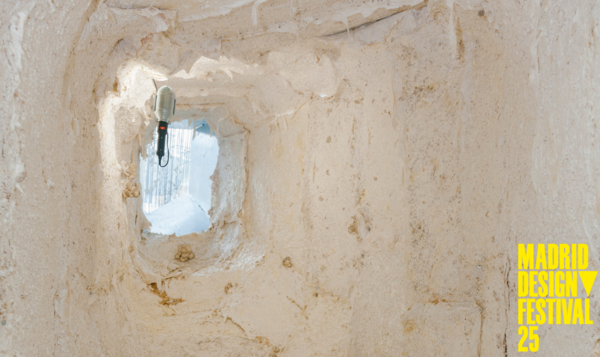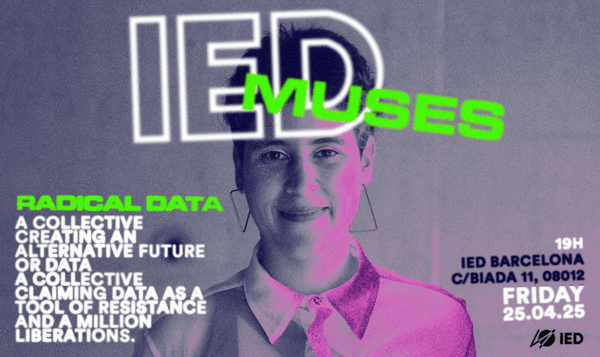
Interior and Spatial Design - Fall Semester
ENG
Language
English
Start date
September 2025
Frequency
Full time
Fruition
On campus
Duration
4 Months
Course Coordination
Federica Bosoni
Price
8.100 €
This new and growing field creatively combines cultural and social awareness, economic responsibility and technical insight.
Interior and Spatial Design is about enhancing spatial environments through a proper use of ergonomy, materials and light, in order to improve the sense of comfort, quality and safety for its users.
The Semester in Interior and Spatial Design focuses on projects that address contemporary themes such as sustainability, identity and the repurposing of buildings. Through this program you will analyse and interpret existing or new sites and conditions to build a sense of place; you will learn to add identity to spatial environments to enhance interaction with it’s users on an emotional level.
The training course is completely integrated with the first semester of the Academic Year in Interior Design, composed of the Fall Semester in Interior and Spatial Design and the Spring Semester in Italian Contemporary Design and Trends.
You can choose to enroll in one of the two semesters or the entire academic year.
Information to decide
This education path introduces you to the design process and design thinking, teaching you the fundamental design skills, theories, methods, and processes through its combination of lectures, workshops as well as visits.
Thanks to the skills acquired you will be able to develop projects connected with different fields, such as residential, exhibit and restaurants.
During the workshops you will take in consideration three main elements: the space at your disposal, the brand and its image and values, the user and his needs. You will work both on the aesthetic aspects as well as toward producing ‘sensations’, taking on-board demands of physical wellbeing in order to offer clients new and innovative experiences.
The visits to the main events such as MADE (Architecture and Building Show), Architecture@work ( Milan ) and SAIE-International Building Exhibition ( Bologna ) will be a rich resource of knowledge on traditional and innovative materials, as well as cultural enrichment and inspiration for the final projects.
This course is especially oriented towards high school graduates and university students or professionals from other areas of study, wishing to learn the fundamentals of interior and spatial design.
Syllabus
Graphic Design Alphabetisation
The course introduces the fundamental understanding of information technology for good developing software skills and file management. You will acquire the basic concepts for managing creative and technical digital images using Adobe Photoshop. Furthermore you will acquire Adobe Illustrator basic knowledge to be used to work on the graphic layout of the boards.
Design Trend Research
During this course you discuss the trends regarding the scope of interior design. Projects will be analyzed together both in terms of techniques and materials, paying particular attention to new types of materials and finishes used in various fields. Attention is also paid to the values of brand-related design and analysis of the lifestyle offered in the site or catalog. Visits to trade fairs are an integral part of the course and will enable you to make a critical analysis of current trends.
Design workshop I
During this workshop you will work on an exhibit design project. The projects will examine dimensional and functional problems as well as the value of exhibiting brands. The design phase will focus on the definition of a concept and the project to set up a space.
Design workshop II
During this workshop together with your peers you will work on a new concept for a restaurant taking in consideration a specific brand and target. In order to increase customer’s loyalty it is necessary to focus both on the design aspects as well as on proposing clients new food experiences. The final project will include, along with the customized space layout, a service design project, thought to offer clients an innovative food experience.
Materials Technology
Provides a solid foundation in material behavior which is fundamental to transforming an idea into reality as well as understanding the expressive potential of traditional and experimental materials. The physical and morphological characteristics of materials are examined as well as processing technologies, industrial processes and craftsmanship. The course covers the structure of a building in all its aspects, analyzing technological processes and technical properties of building components. This includes the study of natural and artificial materials used in defining an interior space with particular reference to the aesthetic and technical features.
Sketching
The course provides you with the tools and methods for unThe course provides you with the tools and methods for understanding and representing architecture and environment. It covers topics related to graphic techniques (manual and instrumental) and different systems of representation. You will become familiar with the tools of design and be introduced to the main software-aided design and image processing applications. You will become proficient in the use of graphics tablet to represent your projects.
Technical Drawing
Provides a solid foundation in material behavior which is fundamental to transforming an idea into reality as well as understanding the expressive potential of traditional and experimental materials. The physical and morphological characteristics of materials are examined as well as processing technologies, industrial processes and craftsmanship. The course covers the structure of a building in all its aspects, analyzing technological processes and technical properties of building components. This includes the study of natural and artificial materials used in defining an interior space with particular reference to the aesthetic and technical features.
Interior Styling for Residential
Aim of the course is to acquire the main interior styling skills: how to respond to brief from a client, for which you will need to do research, source products and present your ideas on style boards. The main topics studied during the course are: principle of styling and interior photography; principles of colors and patterns with paint, wallpapers and fabrics; decorative lighting and finishes. Emphasis will be given also to styling composition and arrangements, leading to the photos shootings.
